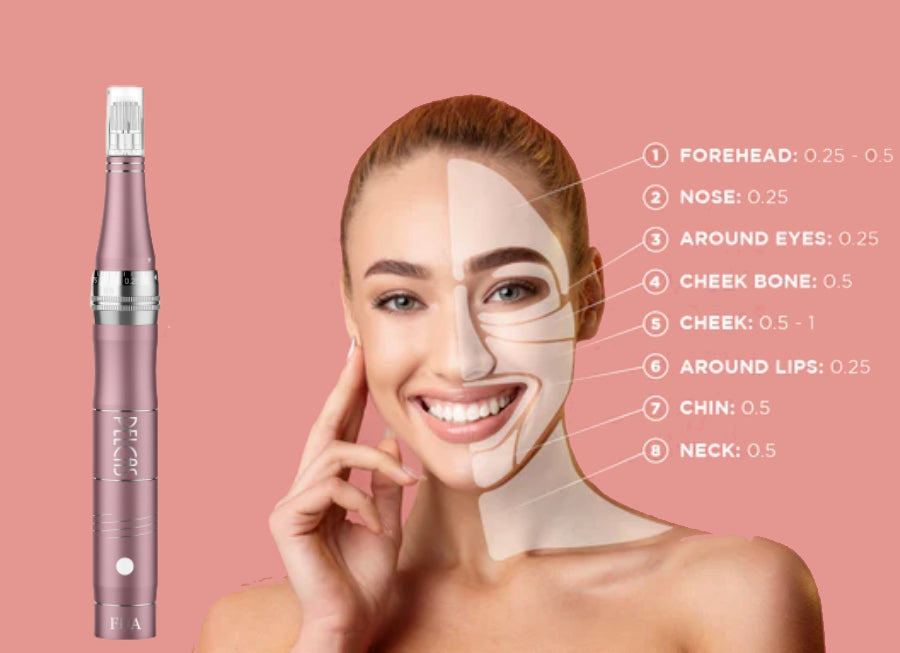Combination Skin

If you've ever experienced a sensation of your skin feeling dry and tight on the inside while looking shiny and oily on the outside, then you are not alone. This common skin type is called combination skin and can be quite challenging to manage. In this blog, we will explore the causes of combination skin and provide some tips on how to care for it.
What is combination Skin
Combination skin is a skin type that exhibits two or more different skin types in different areas of the face. Typically, the T-zone area (forehead, nose, and chin) tends to be oily, while the cheeks and other parts of the face may feel dry, tight, and sometimes flaky. Combination skin can be challenging to deal with as you need to manage two different skin types in one face.
Causes of combination skin
There are several causes of combination skin. One of the main causes is genetics. If your parents have combination skin, there is a high probability that you will too. Hormones can also play a role in the development of combination skin. Hormonal changes during puberty, menstruation, pregnancy, or menopause can cause an increase in oil production, leading to a shiny T-zone. Environmental factors such as weather changes, pollution, and stress can also contribute to combination skin.
Caring for combination skin
Caring for combination skin requires a delicate balance between hydrating the dry areas of the face and controlling the oil in the T-zone. Here are some tips to help you care for your combination skin:
- Cleanse your face twice a day with a gentle cleanser to remove dirt, makeup, and excess oil. Avoid using harsh soaps that can strip the skin of its natural oils.
- Use a toner to balance the pH of the skin and remove any remaining traces of dirt and oil.
- Moisturize your skin daily with a lightweight, oil-free moisturizer. Use a moisturizer that is formulated for combination skin to ensure that it hydrates the dry areas of your face without clogging pores.
- Use a weekly exfoliating scrub to remove dead skin cells and unclog pores. Avoid over-exfoliating as this can cause skin irritation.
- Use a clay mask once a week to control oil production in the T-zone. Clay masks can absorb excess oil and leave your skin feeling fresh and clean.
- Protect your skin from the sun by using a broad-spectrum sunscreen with an SPF of at least 30. Sunscreen is essential even on cloudy days, as harmful UV rays can penetrate through clouds.
- Avoid using heavy makeup that can clog pores and exacerbate oil production. Instead, use lightweight, oil-free makeup products that are non-comedogenic.
Skincare tip
After moisturize your skin, you can choose one beauty tool to promote absorption, such as facial massager and microneedling pen.
Conclusion
Combination skin can be challenging to manage, but with the right skincare routine, you can keep it healthy and balanced. Remember to cleanse, tone, moisturize, exfoliate, and protect your skin from the sun. If you're struggling with combination skin, consider consulting with a dermatologist who can help you develop a personalized skincare routine tailored to your skin's needs.






Comments